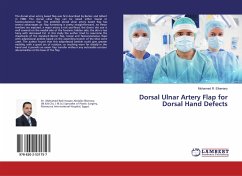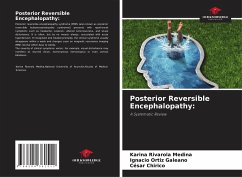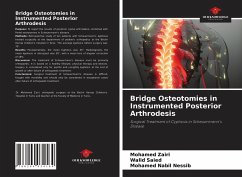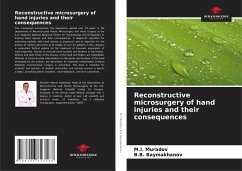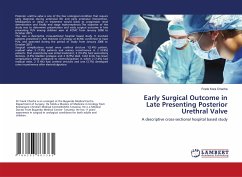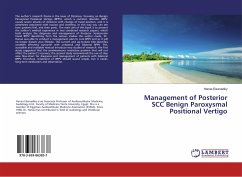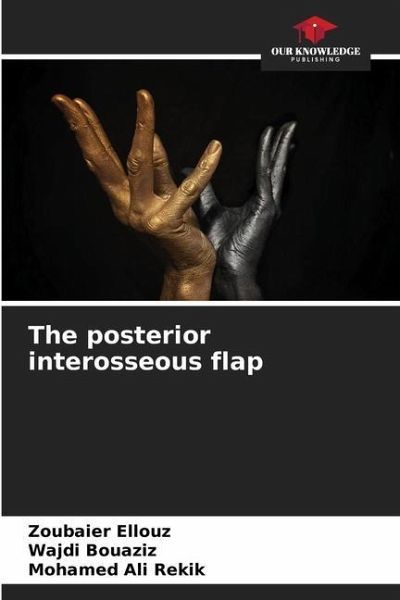
The posterior interosseous flap
Versandkostenfrei!
Versandfertig in 6-10 Tagen
41,99 €
inkl. MwSt.

PAYBACK Punkte
21 °P sammeln!
The retrograde-flow posterior interosseous flap is a locoregional septo-facio-cutaneous island flap vascularized retrogradely by the posterior interosseous artery of the forearm via a distal anastomosis with the anterior interosseous artery and the deep arch of the carpus. We reviewed 15 cases of loss of substance in the hand covered by posterior interosseous flap. We obtained 86.6% good functional results, with a satisfactory aesthetic outcome in 60% of cases. Complications at the recipient site were dominated by partial necrosis related to the venous turgidity of the flap. This flap makes a ...
The retrograde-flow posterior interosseous flap is a locoregional septo-facio-cutaneous island flap vascularized retrogradely by the posterior interosseous artery of the forearm via a distal anastomosis with the anterior interosseous artery and the deep arch of the carpus. We reviewed 15 cases of loss of substance in the hand covered by posterior interosseous flap. We obtained 86.6% good functional results, with a satisfactory aesthetic outcome in 60% of cases. Complications at the recipient site were dominated by partial necrosis related to the venous turgidity of the flap. This flap makes a major contribution to the coverage of substance loss in the hand, particularly on the dorsal side of the hand and at the first commissure. The great advantage of this flap is that, unlike other flaps in the region, it preserves the major vascular axes of the hand. Its major drawback is the difficulty of dissection, which classifies it as Oberlin stage 4.




